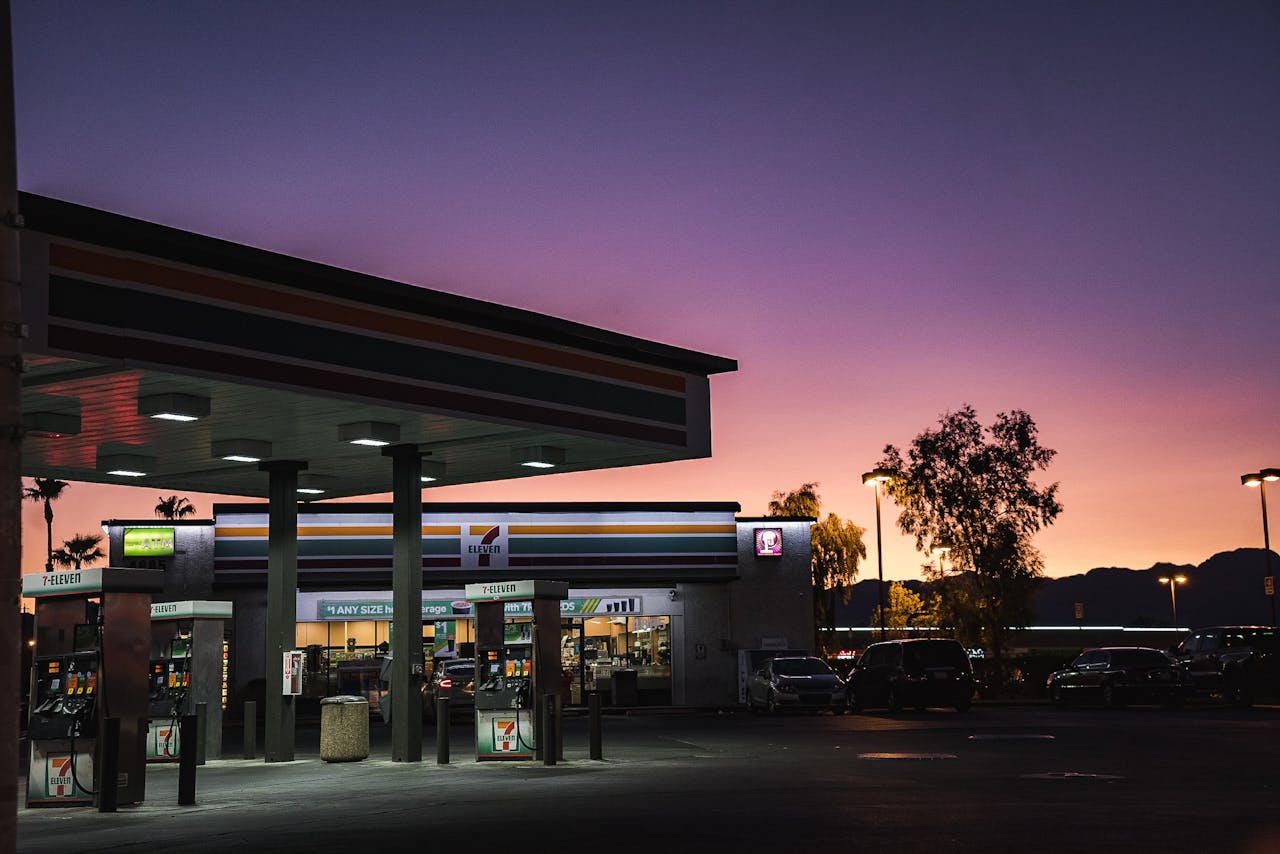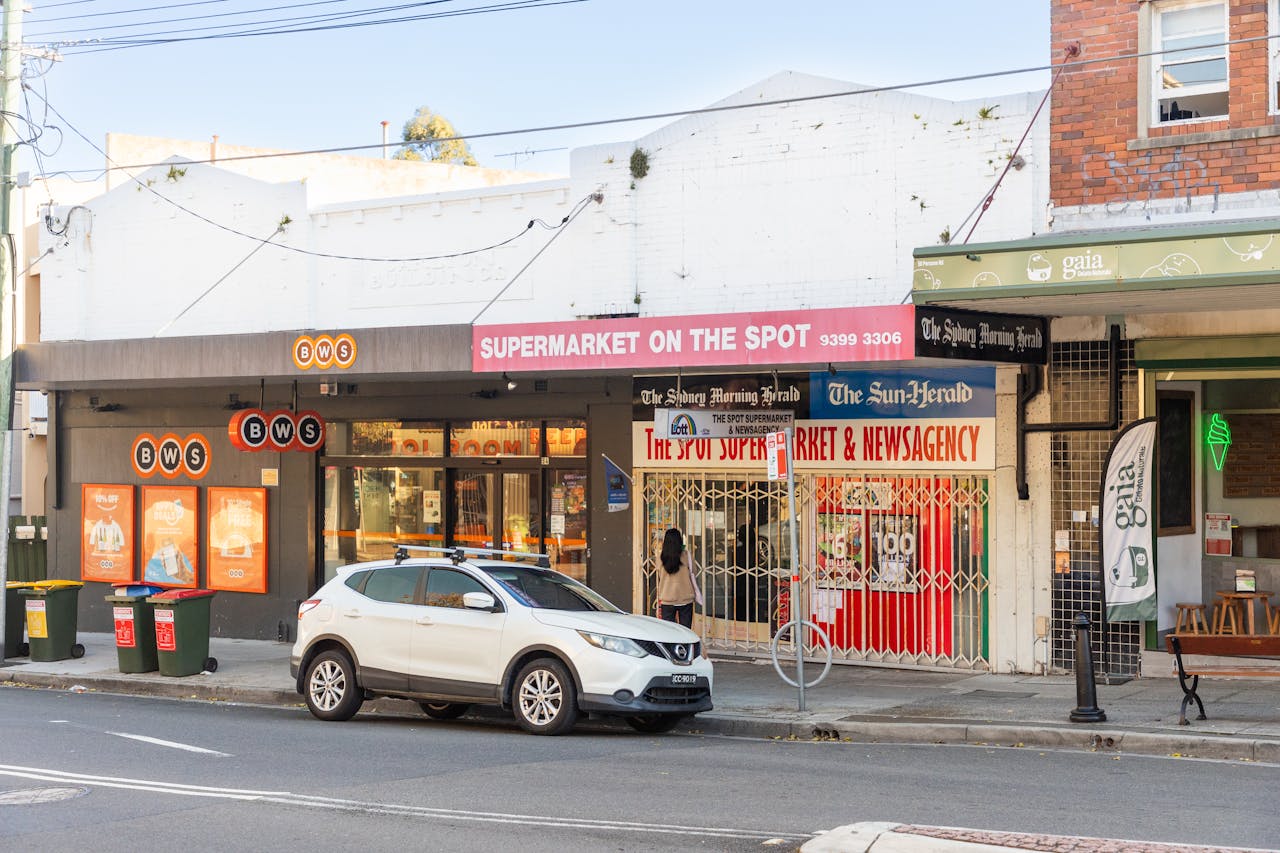Convenience stores are everywhere. They’re the quick stop for snacks, drinks, and last-minute essentials. But not all of these stores are thriving. Some of the biggest convenience store chains are shrinking fast. This matters if you rely on these stores for daily needs or if you’re watching trends in retail. Fewer stores can mean less access, higher prices, or changes in your shopping routine. Here’s what’s happening and why you should care.

1. 7-Eleven
7-Eleven is the world’s largest convenience store chain, but even giants can stumble. In recent years, 7-Eleven has closed hundreds of locations in the U.S. and other countries. Rising rent, labor costs, and competition from dollar stores and supermarkets are big reasons. If you notice fewer 7-Elevens in your area, you’re not alone. The company is focusing on profitable locations and letting go of underperforming stores. For shoppers, this means you might have to travel farther for your Slurpee fix.
2. Circle K
Circle K has been a familiar sight for decades. But the chain is shrinking in several regions, especially in the Midwest and Northeast. The parent company, Alimentation Couche-Tard, is closing stores that don’t meet sales targets. They’re also rebranding some locations under different names. If you’re used to stopping at Circle K for coffee or gas, you might need to find a new spot soon. This shift is part of a larger trend where convenience stores are consolidating to survive.
3. Speedway
Speedway once had a strong presence, especially in the Midwest. Following its acquisition by 7-Eleven, many Speedway stores have been rebranded or closed. The overlap between the two chains led to tough decisions about which stores to keep. For customers, this means fewer Speedway locations and more 7-Elevens. If you collect Speedway rewards, check if your local store is still open or if it’s now a different brand.
4. FamilyMart
FamilyMart is a major player in Asia, but it’s been shrinking in the U.S. and even in its home market, Japan. The company has closed hundreds of stores due to falling sales and changing consumer habits. More people are shopping online or at larger supermarkets. FamilyMart is trying to adapt, but the pace of closures is hard to ignore. If you like their unique snacks or ready-to-eat meals, you might have fewer options soon.
5. AMPM
AMPM, owned by BP, has been closing stores across the West Coast. The chain faces tough competition from other gas station convenience stores and changing fuel demand. Electric vehicles and remote work have reduced the need for quick gas-and-go stops. AMPM is focusing on locations that still see heavy traffic, but many smaller or older stores are shutting down. This means fewer places to grab a quick bite or drink on the road.
6. Cumberland Farms
Cumberland Farms is a staple in the Northeast, but it’s not immune to the pressures facing the industry. The chain has closed several stores in recent years, especially in rural areas. Rising costs and competition from larger retailers are the main reasons. Cumberland Farms is investing in bigger, more modern stores, but that means some smaller locations are disappearing. If you live in a small town, your local “Cumbies” might be at risk.

7. QuikTrip
QuikTrip is known for its clean stores and fresh food, but even they are trimming their footprint. The company has closed underperforming stores in certain markets to focus on high-traffic areas. QuikTrip is also experimenting with new store formats, but not every location fits the new model. If you’re a fan of their breakfast sandwiches or coffee, keep an eye on your local store’s status.
8. Wawa
Wawa has a loyal following, especially on the East Coast. But the chain is quietly closing some locations, particularly in urban areas where rent is high and competition is fierce. Wawa is shifting its focus to suburban and highway locations, where sales are stronger. If you rely on Wawa for quick meals or coffee, you might notice fewer stores in city centers.
9. Casey’s General Store
Casey’s is a big name in the Midwest, but it’s not growing as fast as it used to. The company has closed or sold off some stores that aren’t meeting expectations. Casey’s is investing in larger, more profitable locations and cutting back on smaller, less busy stores. This means some communities are losing their local Casey’s, which can be a big deal in rural areas.
10. 76
76 gas stations, known for their convenience stores, are shrinking in several states. The brand is owned by Phillips 66, which is focusing on more profitable locations and closing others. The rise of electric vehicles and changing travel patterns are part of the reason. If you’re used to stopping at 76 for snacks or fuel, you might need to look for alternatives.
What This Means for Shoppers
The shrinking of these convenience store chains affects more than just where you buy snacks. It changes how and where you shop. Fewer stores can mean longer drives, less choice, and sometimes higher prices. It also impacts local jobs and the feel of your neighborhood. If you depend on convenience stores for quick meals, gas, or essentials, pay attention to which chains are closing near you. You might need to adjust your routine or look for new options. For more on retail trends, check out NACS and Statista.
Have you noticed any of your local convenience stores closing? Share your experience in the comments.
Read More
Grocery Store Chains on the Brink of Closing for Good
5 Chain Restaurants Cutting Back Locations in 2025
The post 10 Convenience Store Chains That Are Shrinking Fast appeared first on Grocery Coupon Guide.







